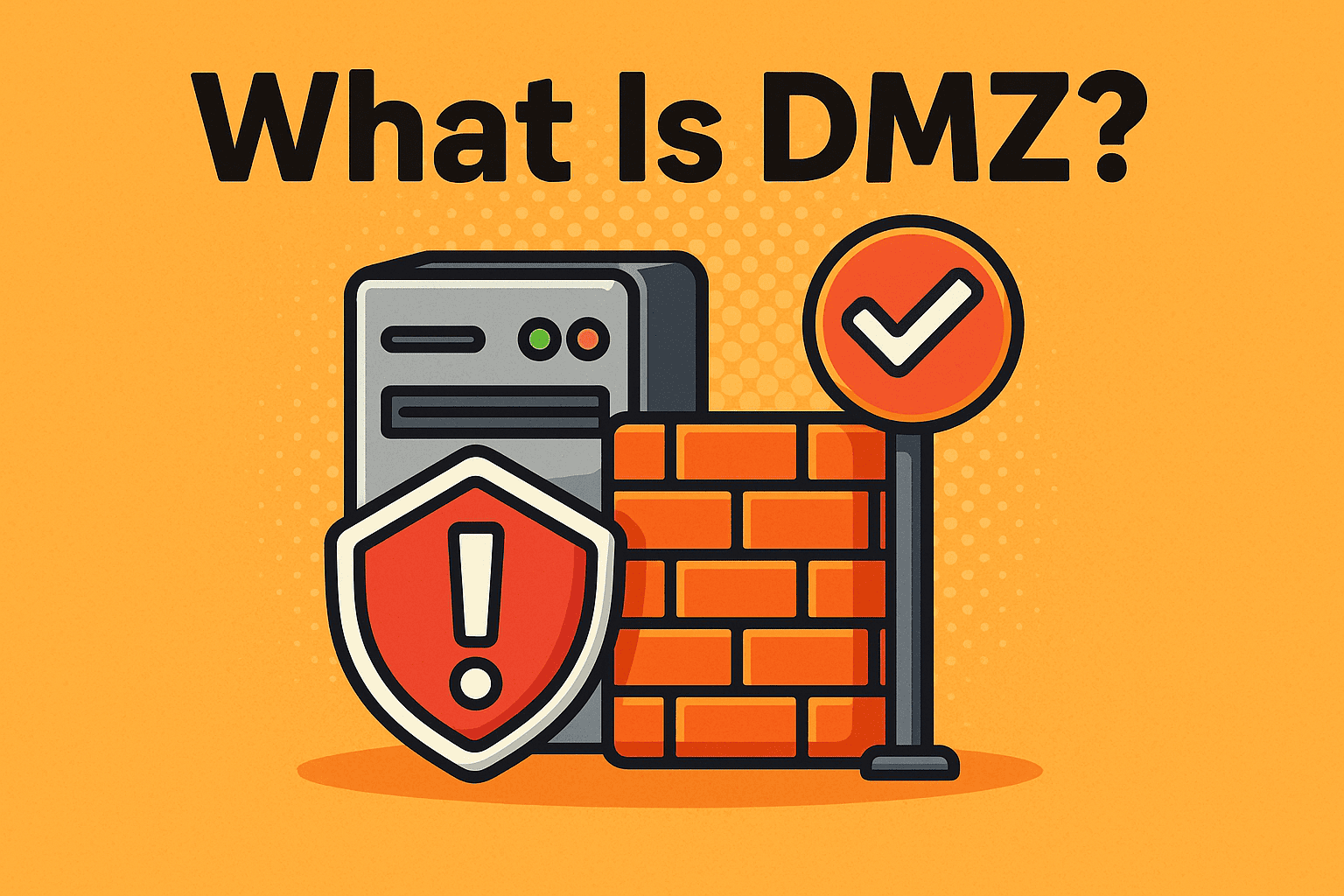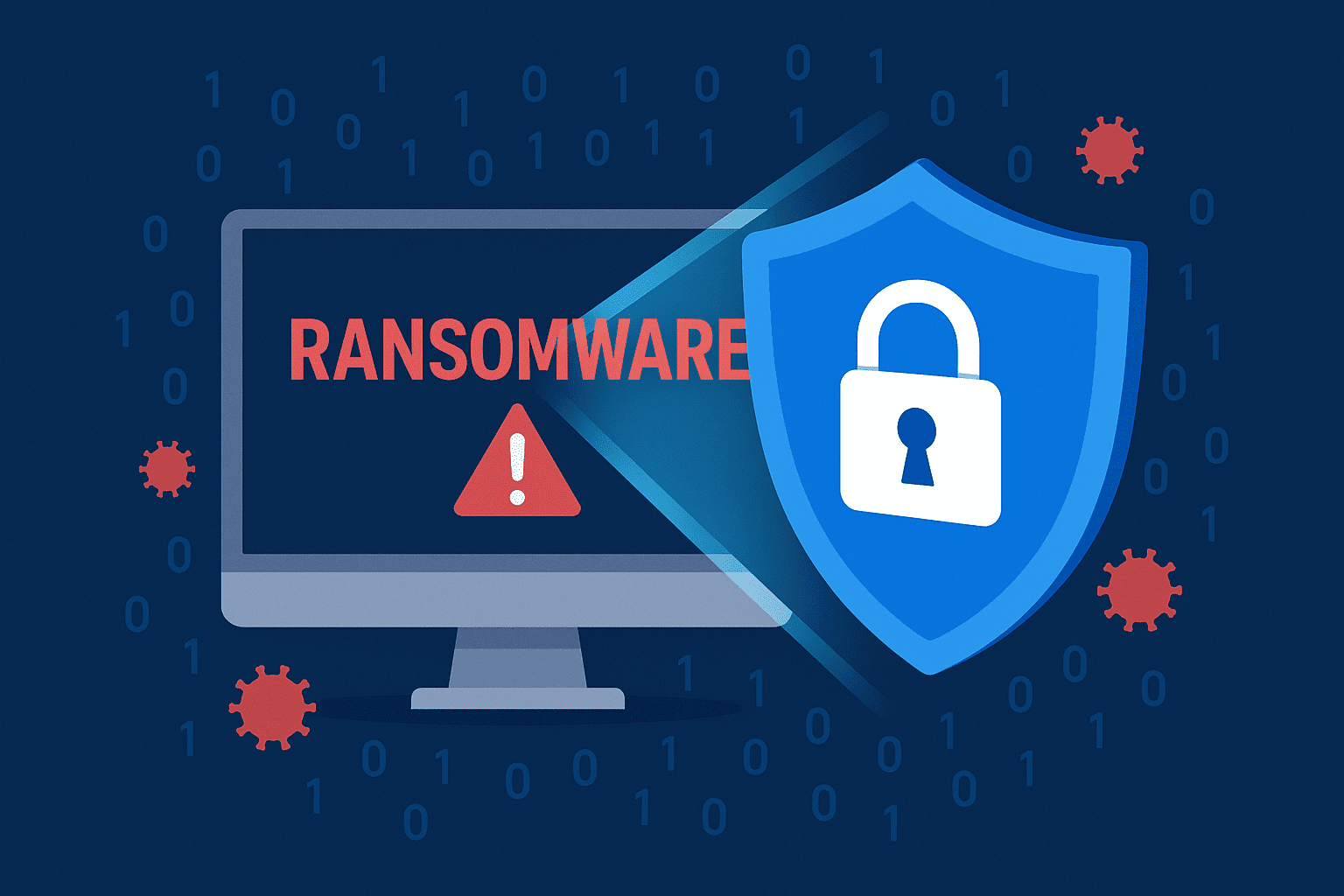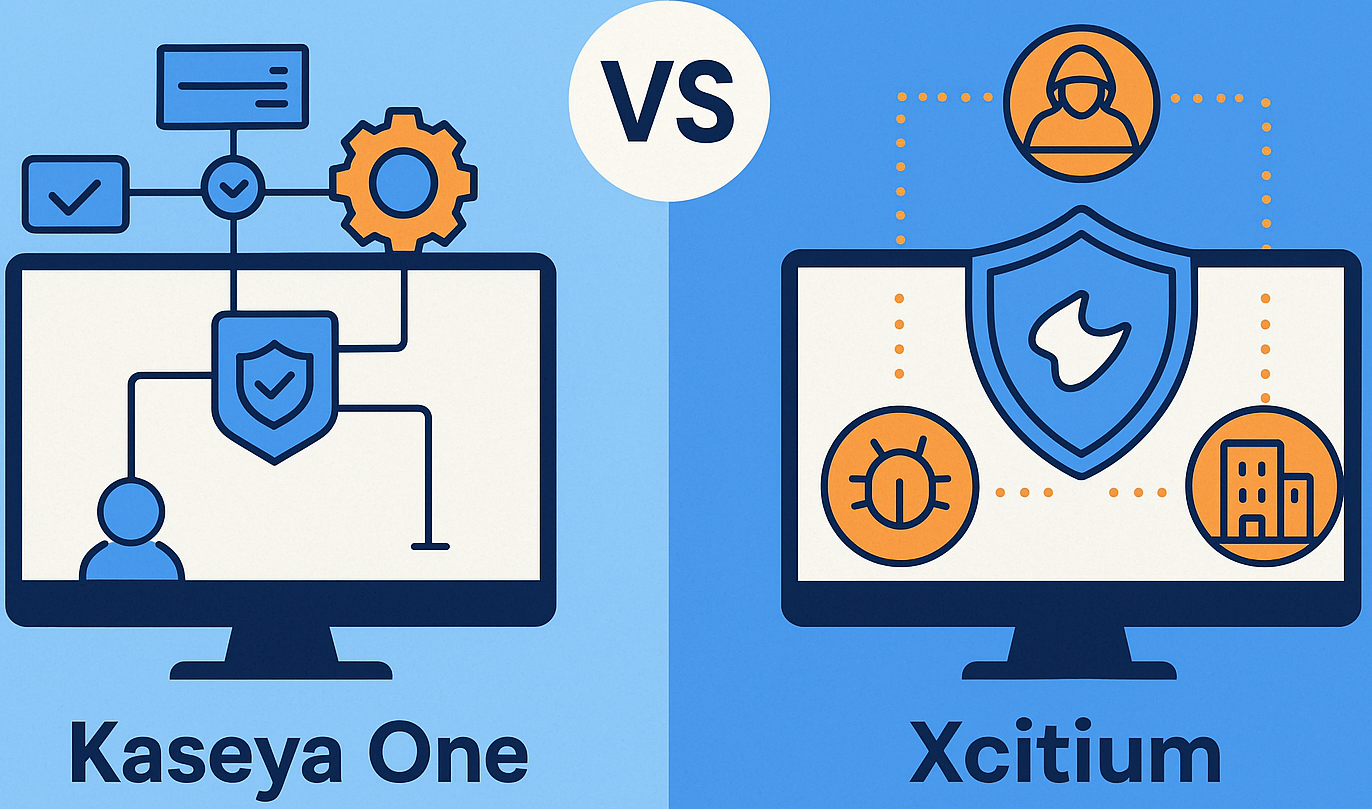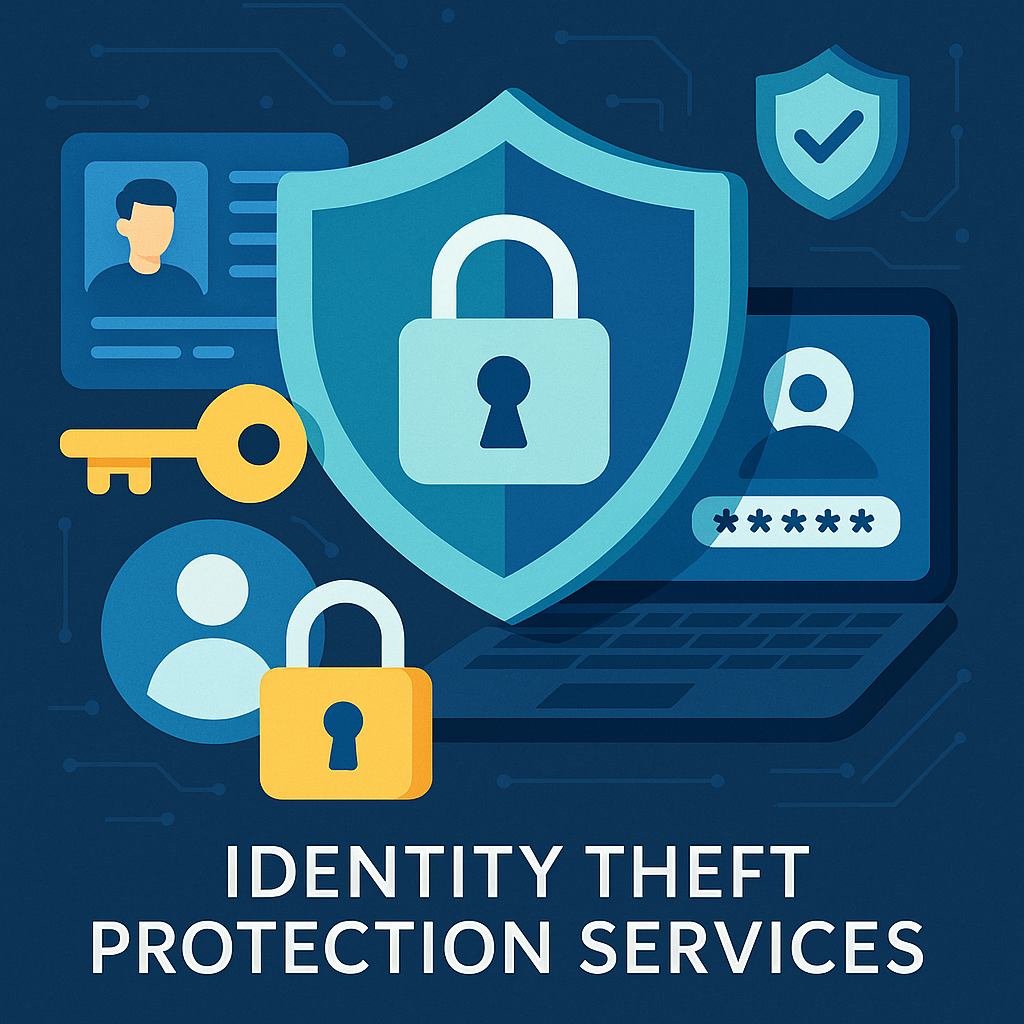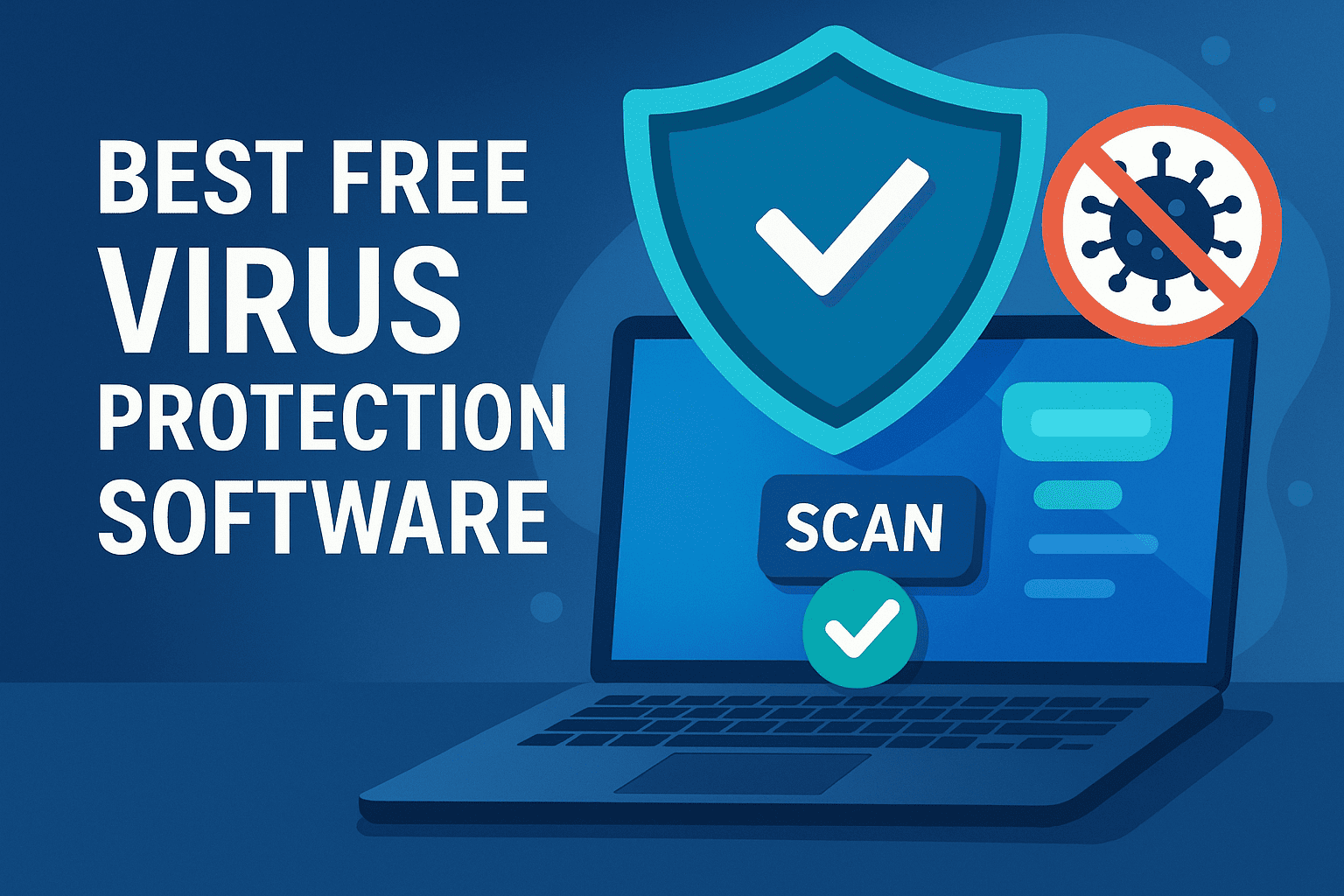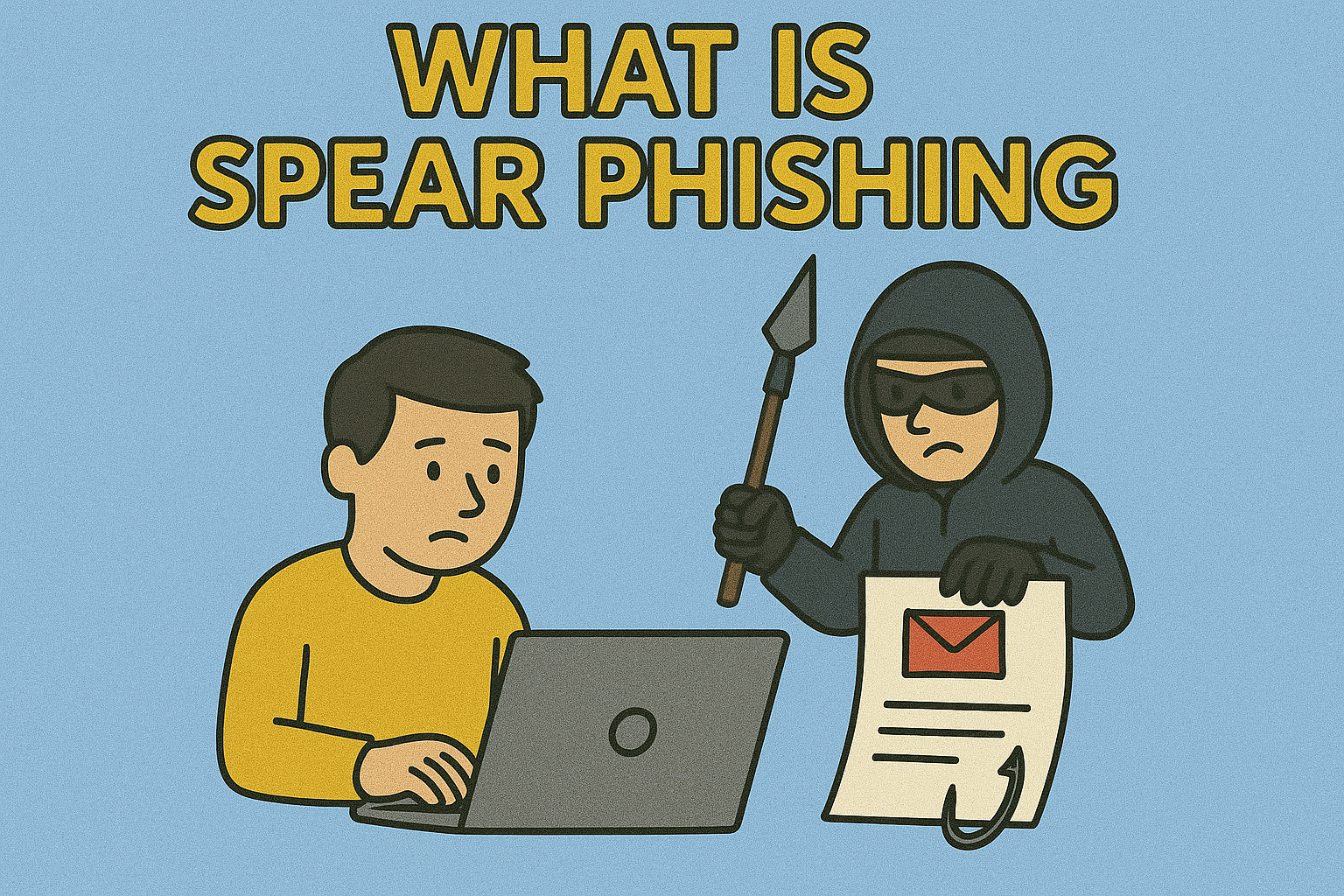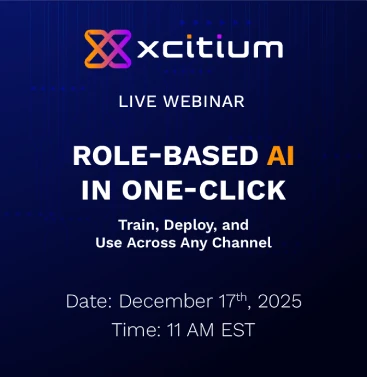What is OSINT? The Role of Open-Source Intelligence in Cybersecurity
Updated on September 24, 2025, by Xcitium

In the digital age, information is everywhere. But did you know that most cyber investigations and security assessments rely on publicly available data? This practice is known as OSINT. So, what is OSINT, and why should business leaders, cybersecurity experts, and IT managers care?
OSINT (Open-Source Intelligence) refers to the collection and analysis of publicly accessible information from the internet, media, social networks, government data, and even deep web sources. Security professionals use OSINT to detect threats, investigate cyberattacks, and protect organizations from espionage, fraud, and data breaches.
What is OSINT in Simple Terms?
Put simply, OSINT is intelligence derived from public sources. Unlike classified intelligence, OSINT is legally and openly available. This includes:
-
Websites and blogs
-
Social media platforms
-
Public records and government databases
-
News articles and press releases
-
Forums and dark web marketplaces
-
WHOIS domain registration data
By analyzing this data, cybersecurity teams can detect early warning signs of phishing campaigns, ransomware attacks, insider threats, or brand impersonation.
Why OSINT Matters in Cybersecurity
For organizations of all sizes, OSINT is a critical tool in threat intelligence. Here’s why:
Key Benefits:
-
Early Threat Detection: Identify leaked credentials or data exposure before attackers exploit them.
-
Attack Surface Mapping: Discover exposed IPs, domains, or open ports.
-
Incident Response: Track down adversaries by analyzing digital footprints.
-
Risk Mitigation: Monitor mentions of your brand on the dark web.
-
Competitive & Market Insights: Understand industry trends and competitor activities.
For CEOs and IT leaders, OSINT means proactive risk management and stronger resilience against evolving cyber threats.
How OSINT Works: The Intelligence Cycle
To understand how OSINT is used, it’s important to look at the intelligence cycle:
-
Planning & Direction – Define objectives (e.g., monitor phishing domains).
-
Collection – Gather data from public sources, forums, APIs, and tools.
-
Processing – Filter irrelevant information and organize useful data.
-
Analysis – Identify patterns, threats, or potential risks.
-
Dissemination – Share findings with security teams or leadership.
-
Feedback – Refine methods for continuous improvement.
This structured approach ensures OSINT is actionable and valuable, not just raw data.
Popular OSINT Tools Used by Cybersecurity Experts
There are numerous OSINT tools that help automate data collection and analysis. Some of the most widely used include:
-
Maltego – Visualizes relationships between people, domains, and infrastructure.
-
Shodan – A search engine for internet-connected devices.
-
theHarvester – Collects emails, names, and subdomains from public sources.
-
SpiderFoot – Automates OSINT data gathering.
-
Google Dorks – Advanced search queries to uncover hidden data.
These tools are commonly used by penetration testers, ethical hackers, and SOC (Security Operations Center) teams.
OSINT and Cyber Threat Intelligence (CTI)
In cybersecurity, OSINT forms one layer of Cyber Threat Intelligence (CTI). While CTI also uses private and classified data, OSINT offers the broadest visibility because it taps into millions of public resources.
OSINT helps in:
-
Tracking hackers’ communication channels
-
Detecting data leaks on forums or dark web markets
-
Monitoring geopolitical threats impacting supply chains
-
Enforcing compliance by identifying unprotected assets
By combining OSINT with other intelligence sources, businesses achieve holistic threat awareness.
Challenges and Risks of OSINT
While powerful, OSINT has its challenges:
-
Information Overload: Too much irrelevant data can cloud analysis.
-
False Positives: Public data may not always be accurate.
-
Ethical & Legal Concerns: Misuse of personal data can cross privacy lines.
-
Skill Dependency: Requires trained analysts to interpret results.
To maximize value, organizations must implement policies, automation, and security expertise around OSINT usage.
Best Practices for Using OSINT in Your Organization
-
Integrate OSINT into Security Operations – Combine with SIEM and threat intelligence platforms.
-
Automate Collection – Use AI-driven OSINT tools to scale monitoring.
-
Validate Sources – Cross-check data to avoid misinformation.
-
Focus on Relevance – Align OSINT activities with business risks.
-
Protect Analysts’ Identity – Use VPNs and anonymization when gathering sensitive intelligence.
These practices help executives and IT managers turn OSINT into a strategic advantage.
Real-World Applications of OSINT
-
Financial Services: Detecting credit card dumps on dark web forums.
-
Government: Tracking disinformation campaigns.
-
Corporate Security: Monitoring executives for impersonation attacks.
-
Cybercrime Investigations: Identifying ransomware operators.
-
Supply Chain Security: Identifying vulnerabilities in third-party vendors.
OSINT is a game-changer in both defensive and offensive security strategies.
FAQ: What is OSINT?
Q1. Is OSINT legal?
Yes. OSINT relies on publicly accessible data, making it legal, though ethical guidelines must be followed.
Q2. Who uses OSINT?
Cybersecurity professionals, law enforcement, intelligence agencies, and even corporations for risk management.
Q3. Can OSINT prevent cyberattacks?
OSINT alone cannot prevent attacks but provides early detection and actionable intelligence.
Q4. What skills are needed for OSINT?
Analytical thinking, knowledge of cybersecurity, familiarity with OSINT tools, and understanding of data validation.
Q5. How does OSINT differ from HUMINT?
OSINT is based on public digital information, while HUMINT (Human Intelligence) comes from interpersonal sources.
Conclusion
So, what is OSINT? It is the practice of leveraging open-source intelligence to strengthen cybersecurity, detect threats, and make informed business decisions. In an era where cybercriminals exploit every digital weakness, OSINT provides the visibility leaders need to stay ahead of attacks.
For IT managers and CEOs, adopting OSINT is not optional—it’s a necessity. But to maximize its value, it must be combined with advanced endpoint protection and Zero Trust security.
That’s where Xcitium stands out. By integrating threat intelligence with proactive defense, Xcitium ensures your business stays protected from cyberattacks before they even happen.
👉 Take the next step in securing your organization—Request a Free Demo today and experience how OSINT combined with Xcitium’s cybersecurity solutions can give you unmatched protection.



